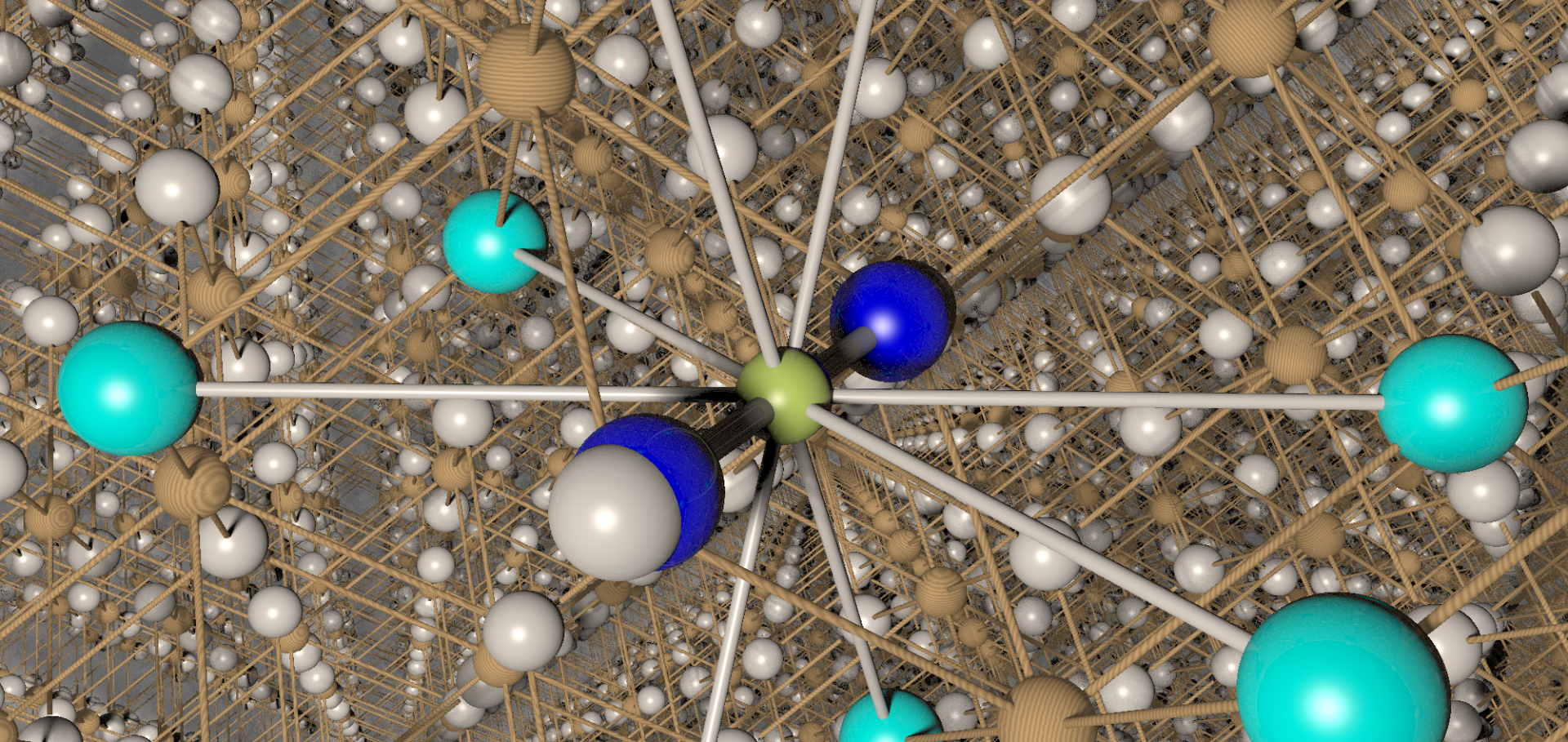Coexistence of static magnetism and superconductivity in SmFeAsO(1-x)F(x) as revealed by muon spin rotation.
Nat Mater 8:4 (2009) 310-314
Abstract:
The recent observation of superconductivity with critical temperatures (Tc) up to 55 K in the pnictide RFeAsO(1-x)F(x), where R is a lanthanide, marks the first discovery of a non-copper-oxide-based layered high-Tc superconductor. It has raised the suspicion that these new materials share a similar pairing mechanism to the cuprate superconductors, as both families exhibit superconductivity following charge doping of a magnetic parent material. In this context, it is important to follow the evolution of the microscopic magnetic properties of the pnictides with doping and hence to determine whether magnetic correlations coexist with superconductivity. Here, we present a muon spin rotation study on SmFeAsO(1-x)F(x), with x=0-0.30 that shows that, as in the cuprates, static magnetism persists well into the superconducting regime. This analogy is quite surprising as the parent compounds of the two families have rather different magnetic ground states: itinerant spin density wave for the pnictides contrasted with the Mott-Hubbard insulator in the cuprates. Our findings therefore suggest that the proximity to magnetic order and associated soft magnetic fluctuations, rather than strong electronic correlations in the vicinity of a Mott-Hubbard transition, may be the key ingredients of high-Tc superconductors.Muon spin relaxation studies of critical fluctuations and diffusive spin dynamics in molecular magnets
Physica B Condensed Matter Elsevier 404:5-7 (2009) 585-589
Storing quantum information in chemically engineered nanoscale magnets
Journal of Materials Chemistry 19:12 (2009) 1754-1760
Abstract:
We review the implementation of quantum information processing using quantum spins and pulsed spin resonance techniques. Molecular magnets, nanoscale clusters of coupled transition metal ions, offer various potential advantages over other spin systems as the building blocks of a quantum computer. We describe the strategies which must be employed in order to implement quantum algorithms in such nanoscale magnets and explain why, when evaluating the suitability of any physical system for embodying a qubit, it is essential to determine the phase relaxation time appropriate for an individual molecular spin. Experiments utilising pulsed spin resonance techniques show that the phase relaxation times in at least some molecular magnets are long enough to permit multiple qubit operations to be performed. © The Royal Society of Chemistry 2009.2D XY Behavior observed in quasi-2D quantum Heisenberg antiferromagnets
(2009)
Response of superconductivity and crystal structure of LiFeAs to hydrostatic pressure.
J Am Chem Soc 131:8 (2009) 2986-2992


